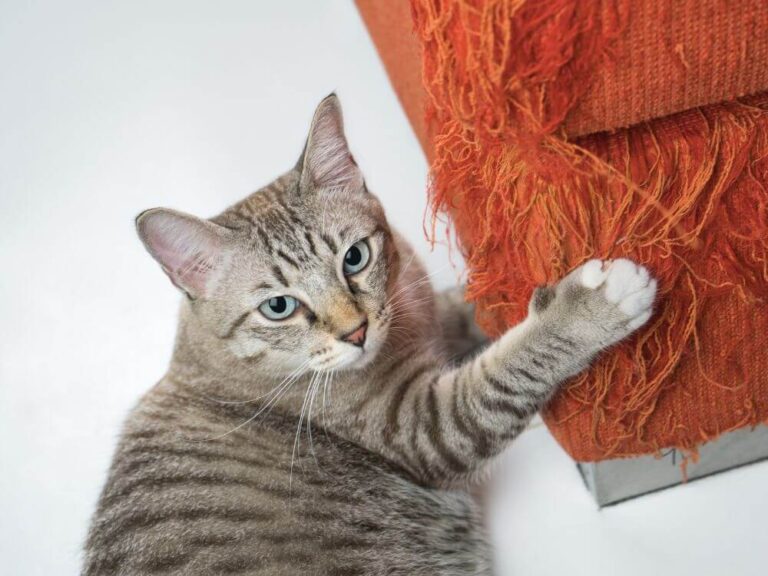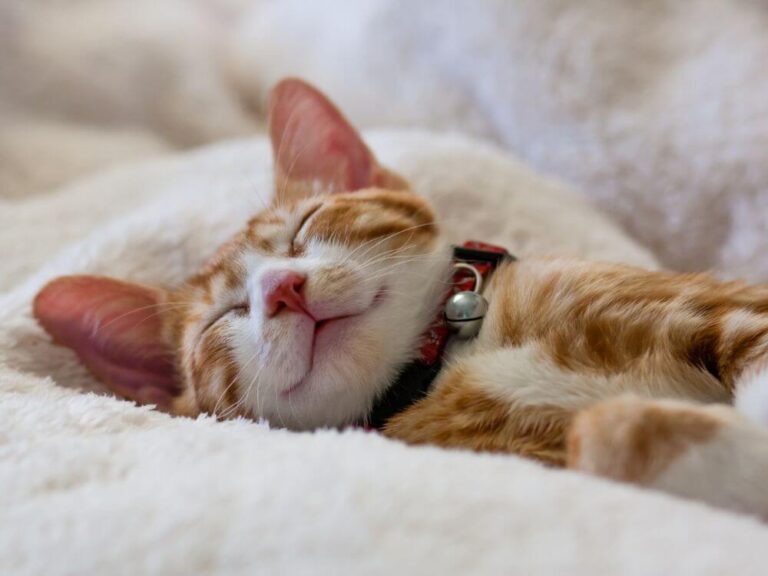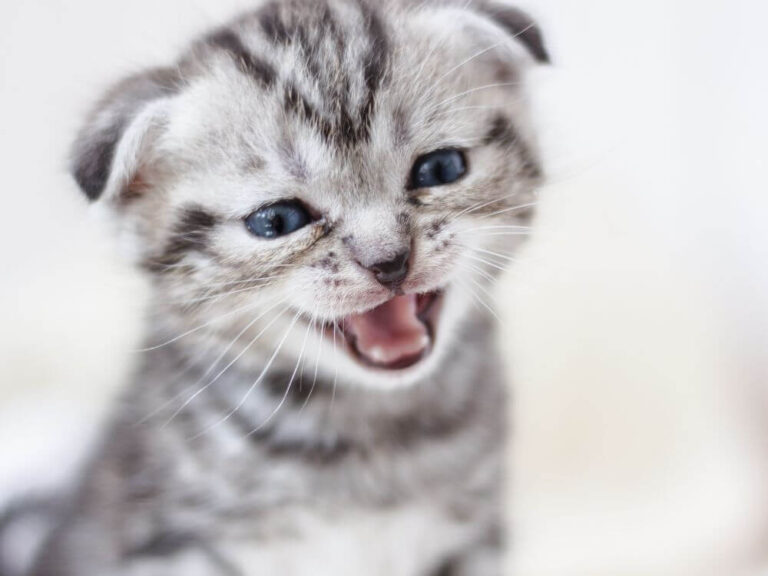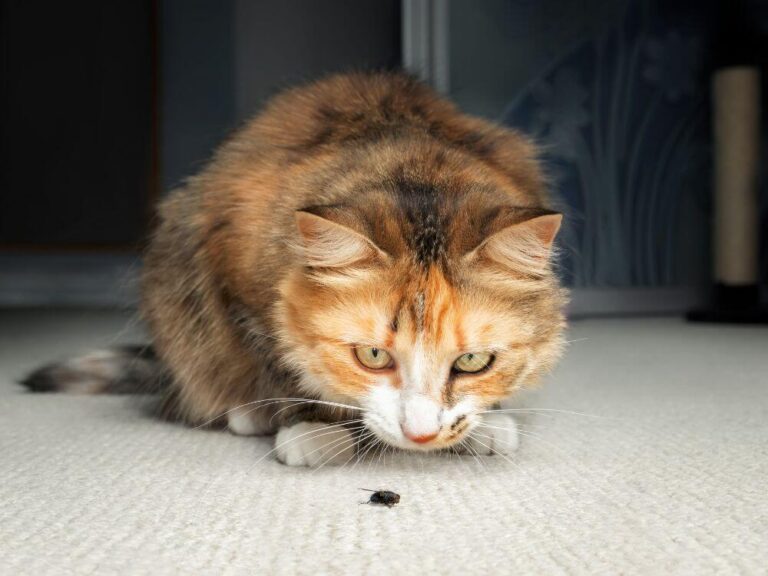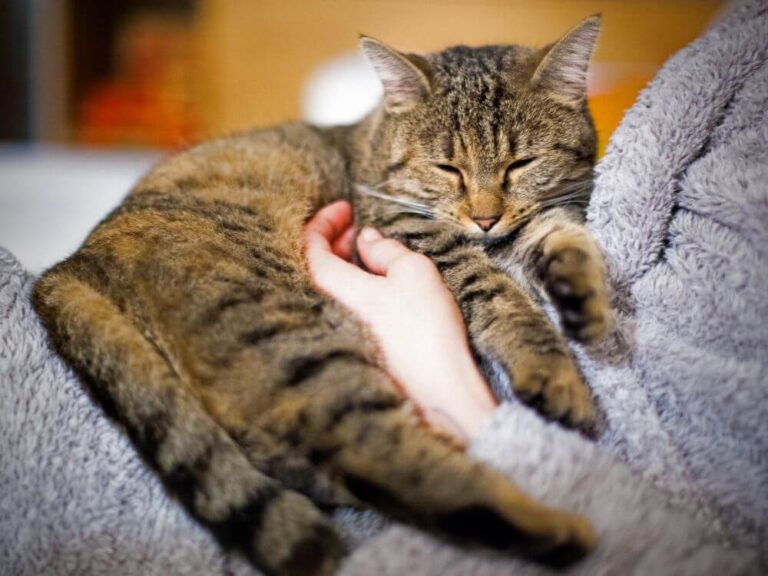What Does It Mean When My Cat Lies on Its Back?
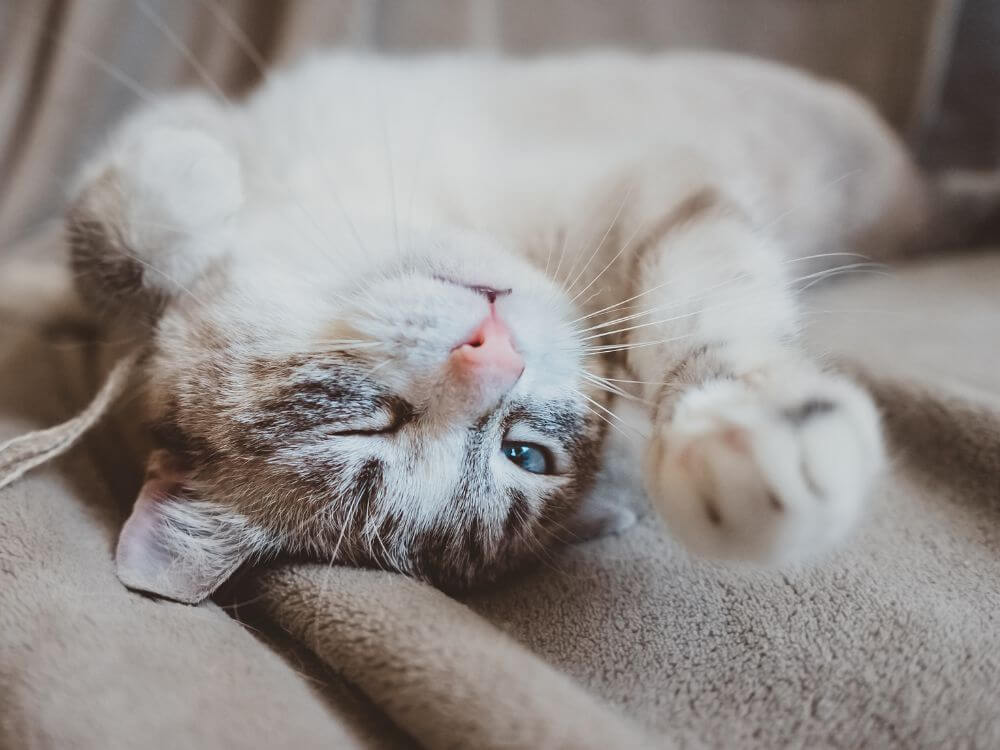
Understanding feline behavior can reveal a lot about your cat’s emotions, comfort, and trust levels. When your cat lies on its back, it may be conveying a message. Let’s dive into what this position signifies, why cats exhibit this behavior, and how you can respond to it.
Signs of Trust and Security
When a cat lies on its back and exposes its belly, it’s typically a signal of trust. The stomach area is one of the most vulnerable parts of a cat’s body. By showing it to you, the cat indicates it feels safe and secure in its environment and with you.
- Building Trust: Cats are cautious creatures. If your cat is willing to lie on its back, it’s a strong indication of the trust it has developed with you.
- Encouraging Bonding: Take this as a positive sign of your bond. It shows your cat feels relaxed and safe around you, a significant milestone in your relationship.
Seeking Attention or Interaction
Cats often lie on their backs to catch their owner’s attention, especially when they desire affection or playtime. They might give a little stretch, roll, or purr, encouraging you to engage.
- Inviting Play: Some cats lie on their backs when they’re feeling playful. This position allows them to swipe with both their front and back paws, creating a playful stance.
- Petting Signals: While lying on its back can be a signal for attention, be cautious. Many cats don’t appreciate belly rubs the way dogs do. Instead, try petting the head, chin, or back to see how your cat responds.
Displaying Comfort and Contentment
When a cat is fully relaxed, it might assume this position simply because it feels comfortable. Just like people have their favorite lounging positions, cats also have postures that make them feel at ease.
- Relaxed State: A cat lying on its back may just be in a state of complete relaxation. The surroundings are calm, and your cat feels unthreatened, so it lets its guard down entirely.
- Warmth and Comfort: Cats may also lie on their backs to expose their bellies to a sunny spot or warm area. This position allows them to absorb as much warmth as possible, which they find incredibly soothing.
Body Language and Belly Exposure
A cat’s body language provides insight into its current mood. When cats expose their bellies, they may look approachable, but don’t assume that belly exposure always means an invitation for a rub.
- Read the Tail: A slowly swishing or relaxed tail indicates a calm demeanor, while a quick, twitching tail might mean overstimulation or irritation.
- Check the Ears: Upright or relaxed ears show a content mood. Flattened ears or a twitching tail, however, suggest your cat may be feeling defensive or wary.
- Observe the Eyes: Soft, half-closed eyes indicate relaxation, while wide, focused eyes can suggest that the cat may be feeling uncertain or defensive.
Defensive Posture
Sometimes, lying on the back can also be a defensive move, especially if the cat feels threatened or overwhelmed. This position lets it use both sets of claws and teeth if necessary.
- Ready for Defense: In situations where your cat feels cornered or insecure, lying on its back could serve as a position to defend itself.
- Avoiding Threats: If you notice your cat rolling onto its back during a confrontation with another pet or person, it might be feeling uneasy. Avoid approaching or handling your cat in this position until it calms down.
Playfulness or Showing Affection
When your cat lies on its back, it might be inviting a lighthearted interaction. Cats are often playful, especially when they trust their surroundings. If your cat starts rolling around or swatting lightly, it’s in a playful mood and wants to share this energy with you.
- Rolling Behavior: Some cats roll back and forth, accompanied by purrs or light meows. This behavior signals a relaxed, happy cat, seeking interaction.
- Responding Gently: Use toys or slow, gentle movements if you choose to engage. Avoid reaching directly for the belly unless you know your cat enjoys it.
Respecting Personal Boundaries
Even when your cat lies on its back, remember that every feline has individual boundaries. While some cats enjoy a light belly rub, many do not. Always observe your cat’s response to your approach and adjust accordingly.
- Gauge Your Cat’s Comfort: If your cat tenses, hisses, or swipes, back off immediately. Respecting your cat’s boundaries strengthens trust.
- Offer Alternative Touches: If your cat seems curious but hesitant, try a gentle rub on the cheeks or under the chin. Most cats appreciate these areas more than their bellies.
How to Respond When Your Cat Lies on Its Back
When your cat assumes this position, consider the following ways to respond:
- Approach Gently: If you want to engage, start with gentle petting around the head or back.
- Use Toys for Interaction: Offer a small toy near your cat’s paws if it seems playful. This way, you can engage without overstepping boundaries.
- Respect Boundaries: Don’t assume that lying on the back means a belly rub. Many cats find belly touch overstimulating and may react defensively.
- Observe for Clues: Watch your cat’s body language to see if it wants interaction or if it’s just relaxing.
Understanding Your Cat’s Personality
Cats each have unique personalities. What works for one cat might not apply to another. Some cats love belly rubs, while others prefer a simple acknowledgment. The key is to know your cat’s preferences and act accordingly.
- Learning Preferences: Observe how your cat responds to different types of touch and interaction. Over time, you’ll learn what it enjoys most.
- Building Trust Gradually: Respectful interactions over time help build a strong bond. By respecting its boundaries, you’ll likely see more trust and relaxed behavior from your cat.
Conclusion
When your cat lies on its back, it’s expressing a mix of comfort, playfulness, or sometimes defense. This position often indicates trust, though interpreting it correctly requires understanding your cat’s personality and current mood. Whether it’s inviting you to play or simply enjoying a comfortable stretch, respecting its boundaries will foster a trusting and loving relationship.


